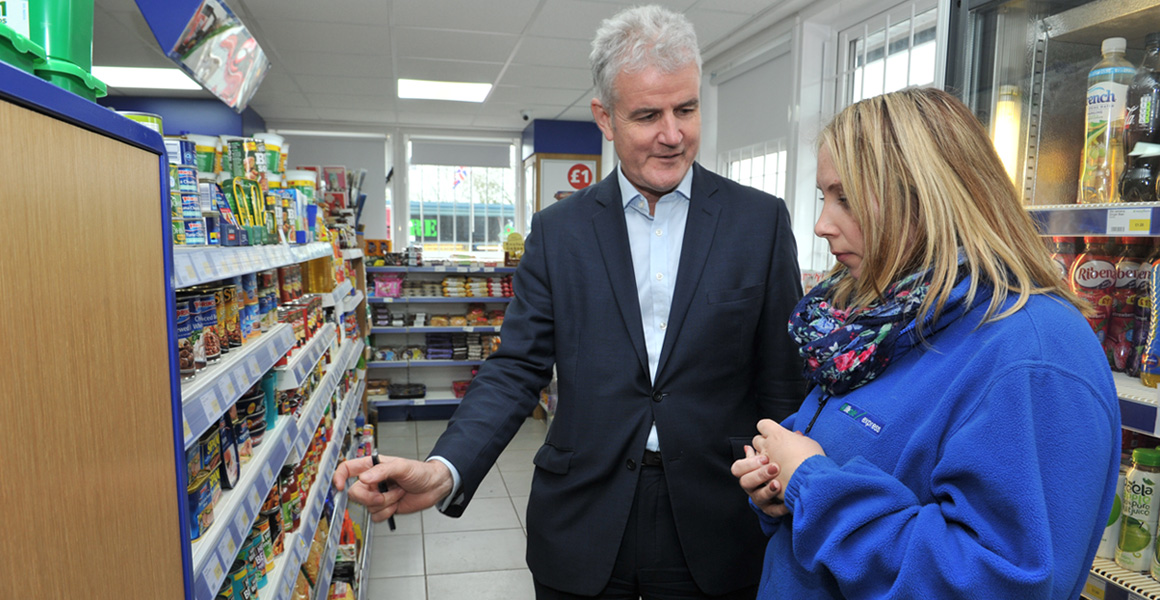Building your business on products that used to sell, such as magazines, is a niche opportunity. Operating in the convenience market demands that you sell what passers-by want to buy today.
There is nothing wrong with operating a niche strategy – but to do this you need to rely on good margins, which is usually driven by scarcity.
I have a friend who works in a charity shop and she complains that they sell £200 garments for £15. Her manager tells her that people in the area won’t pay more. My friend tells the manager that the same woman comes in and picks out these items and then resells them for far more on eBay.
I think her store manager is right. The charity shop business is targeted at local people looking to pick up stuff cheap. Their customer is also right – people search eBay to find specific items. Their customer is in a niche business operating in a marketplace with millions of customers searching for what she has to sell. The charity shop relies on the footfall of a suburban shopping parade, which just happens to be anchored by a Budgens.
To come back to my first point, what sort of niche opportunities are available to you to build your business upon? One could be magazines. But if the product is available everywhere, why should people come to your shop?
In 2005, I shared some statistics on the magazine industry at an industry conference. At the time, the industry was in growth but the signs were not promising. Launch activity was falling and publishers were just starting to register how many people were using the internet. Then, for people under the age of 24, the time spent reading magazines was falling by 20% a year.
While the market was still dominated by independent retailers with a 30% share – and WHSmith with 14% still outsold Tesco with 11% – the traction was all with multiple grocers. This was because it was not the availability of magazines that was driving growth but the habits of shoppers. In Tesco, magazines were a routine purchase for 40% of shoppers and as it had more shoppers, this made its shelves the ones that marketers wanted to reach.
If that was bad news for independent retailers, the arrival of the smartphone made things even worse. Not only were more shoppers able to buy the magazines during their supermarket visit, but they were also now spending more and more time on their smartphones. Today, OFCOM research suggests that no-one under the age of 25 uses print titles for news.
Thus, your ability to sell magazines is dictated by the availability of magazines in shops near to you that are as easy to visit for local shoppers and what you can sell that others don’t. If you have a high-footfall location, then you may have the opportunity to be a destination niche outlet. If you are offering the same range as in a multiple c-store, why will shoppers want to make the effort to visit your shop?
This is the same thinking you need to do for any other product category that used to work in your shop. Some categories may be opportunities again. But many won’t. The important thing is you cannot expect miracles by selling what is available everywhere.
Read more from Nick Shanagher: What lessons can retailers learn from Zanzibar's markets?



Comments
This article doesn't have any comments yet, be the first!